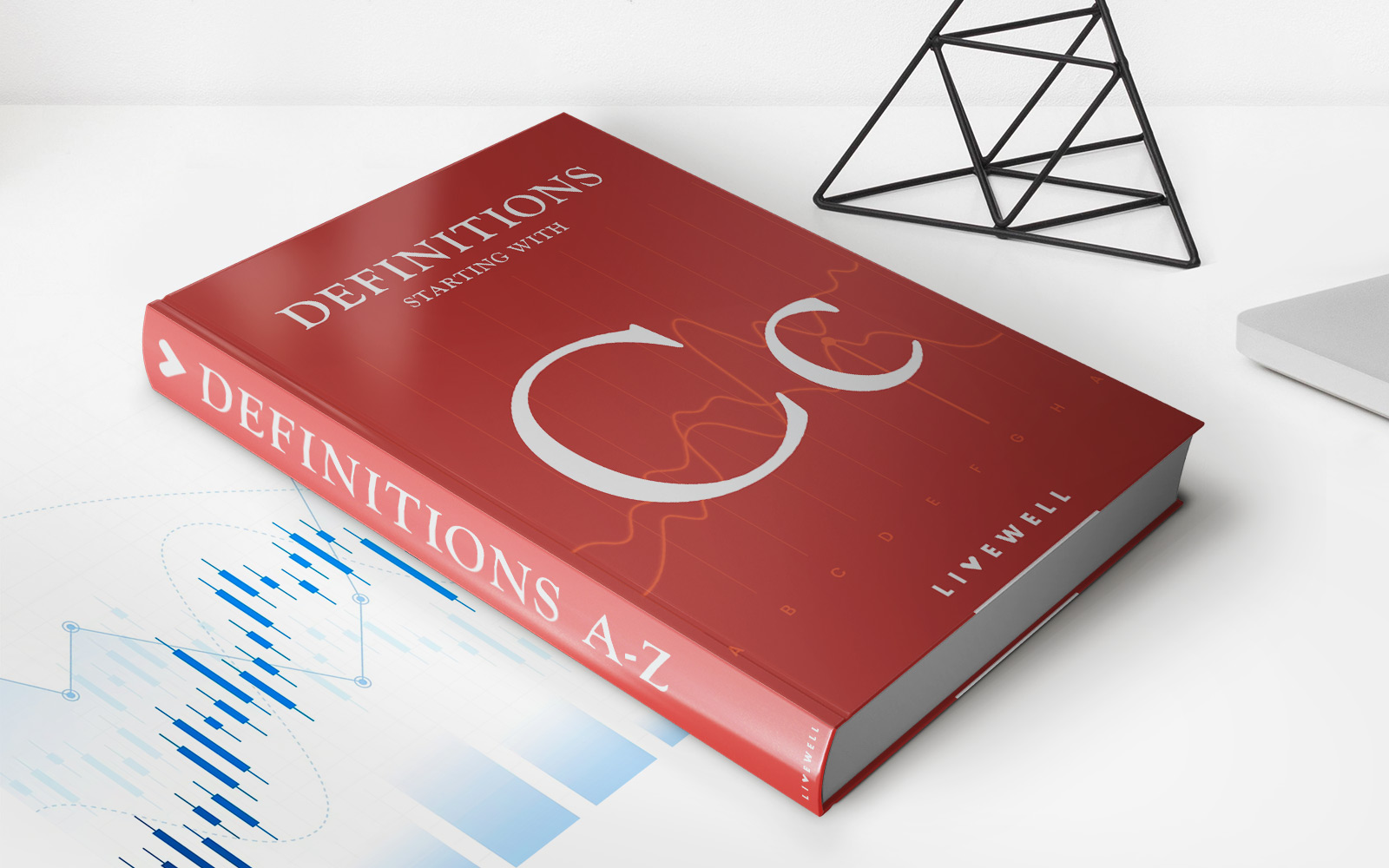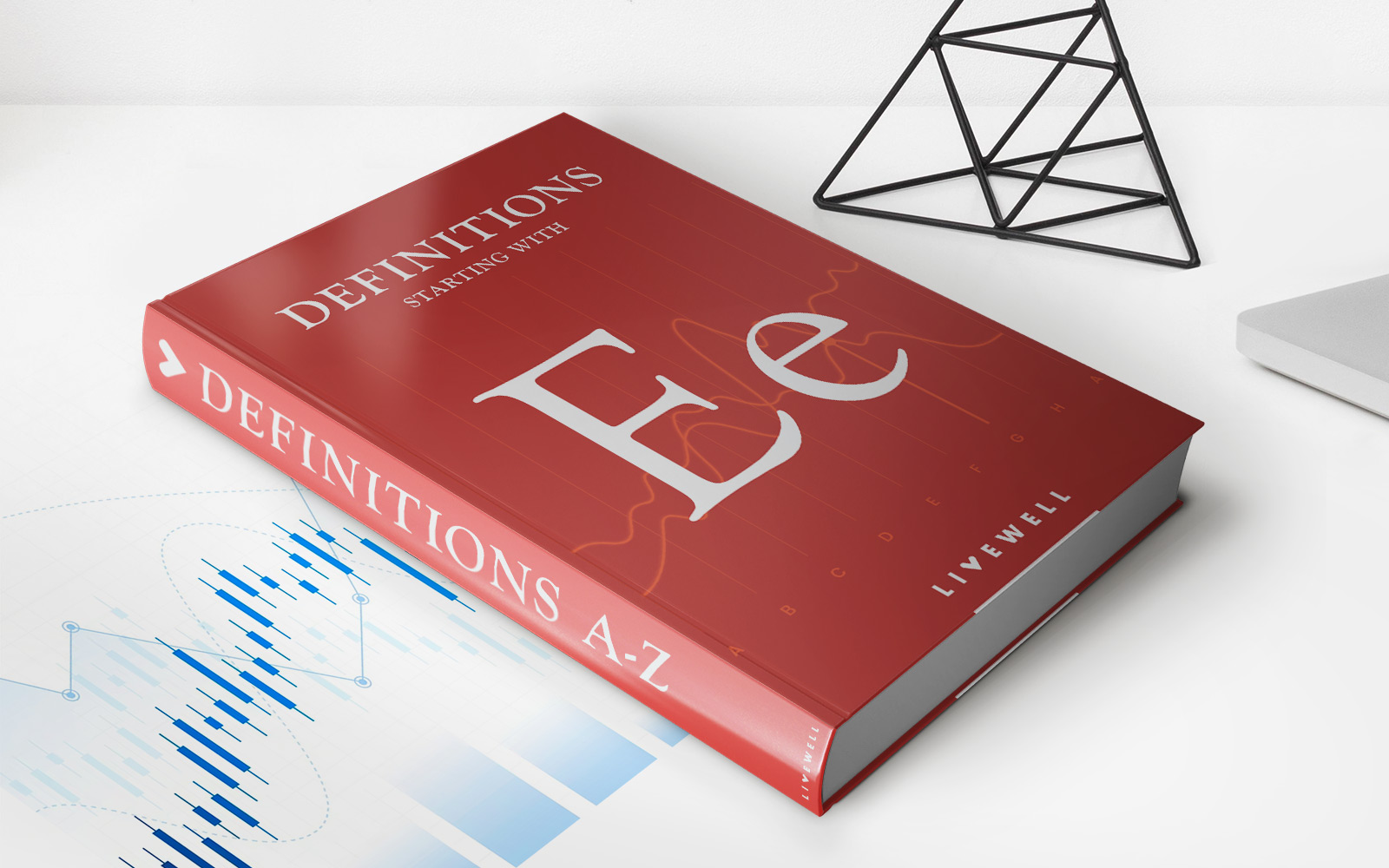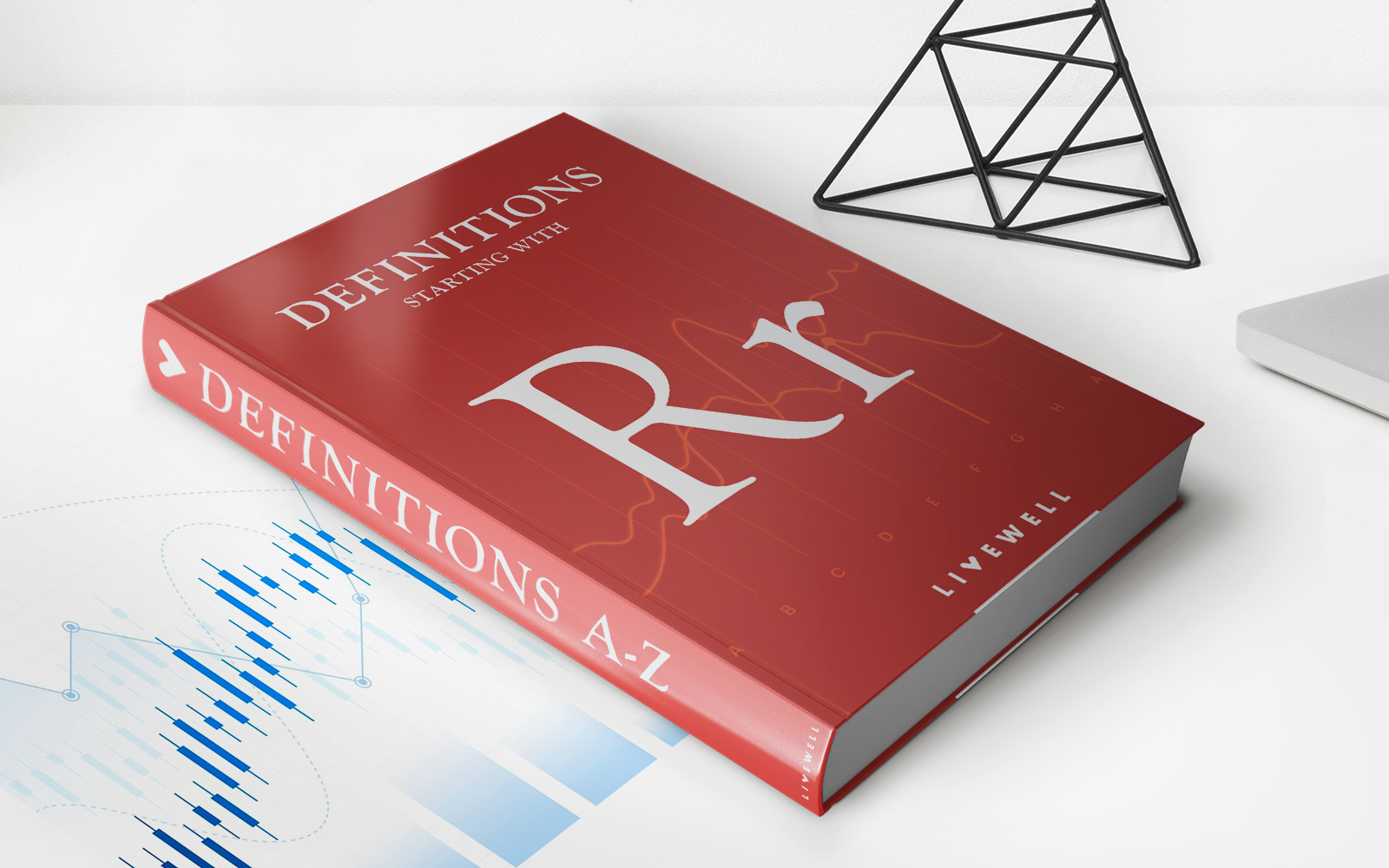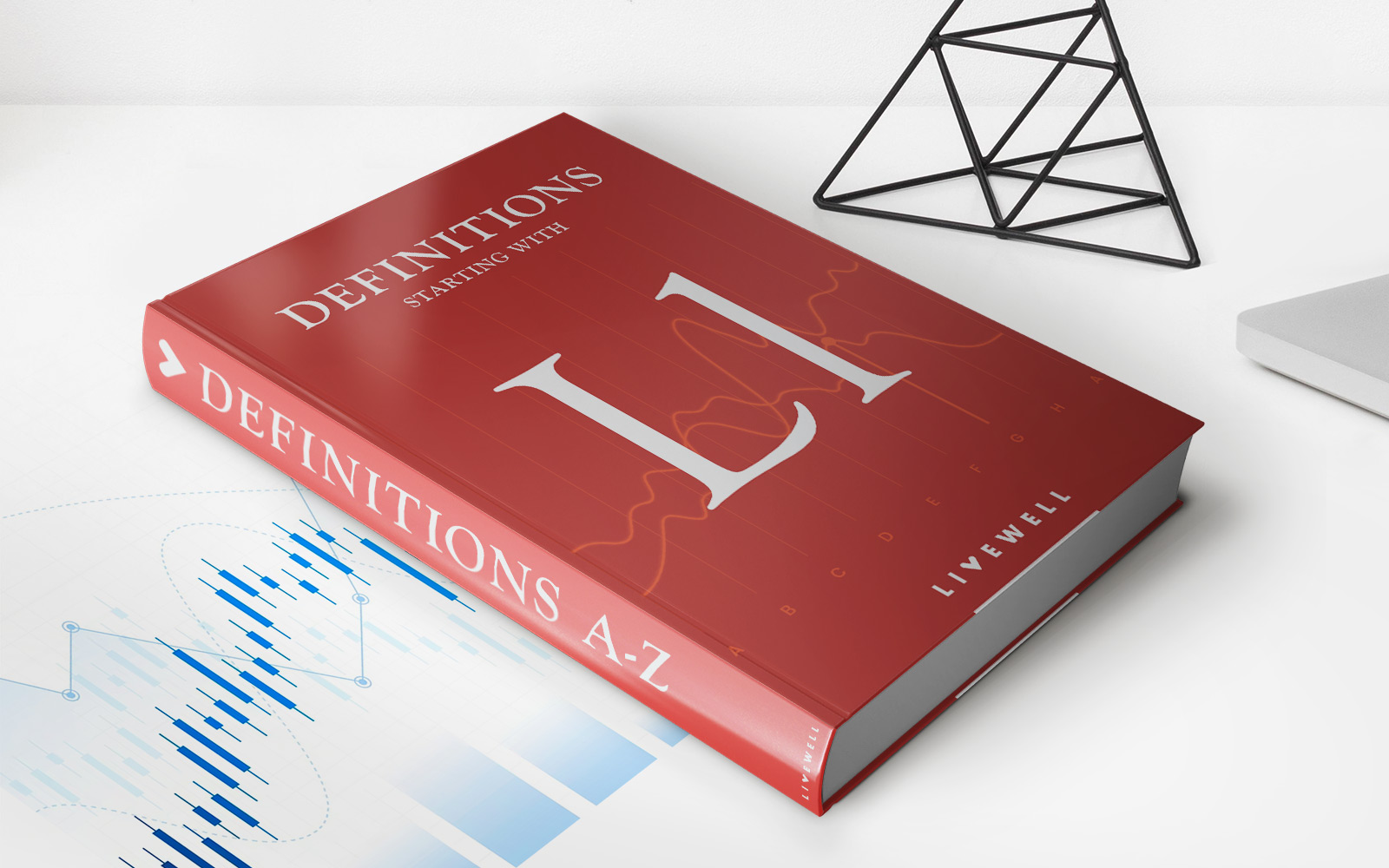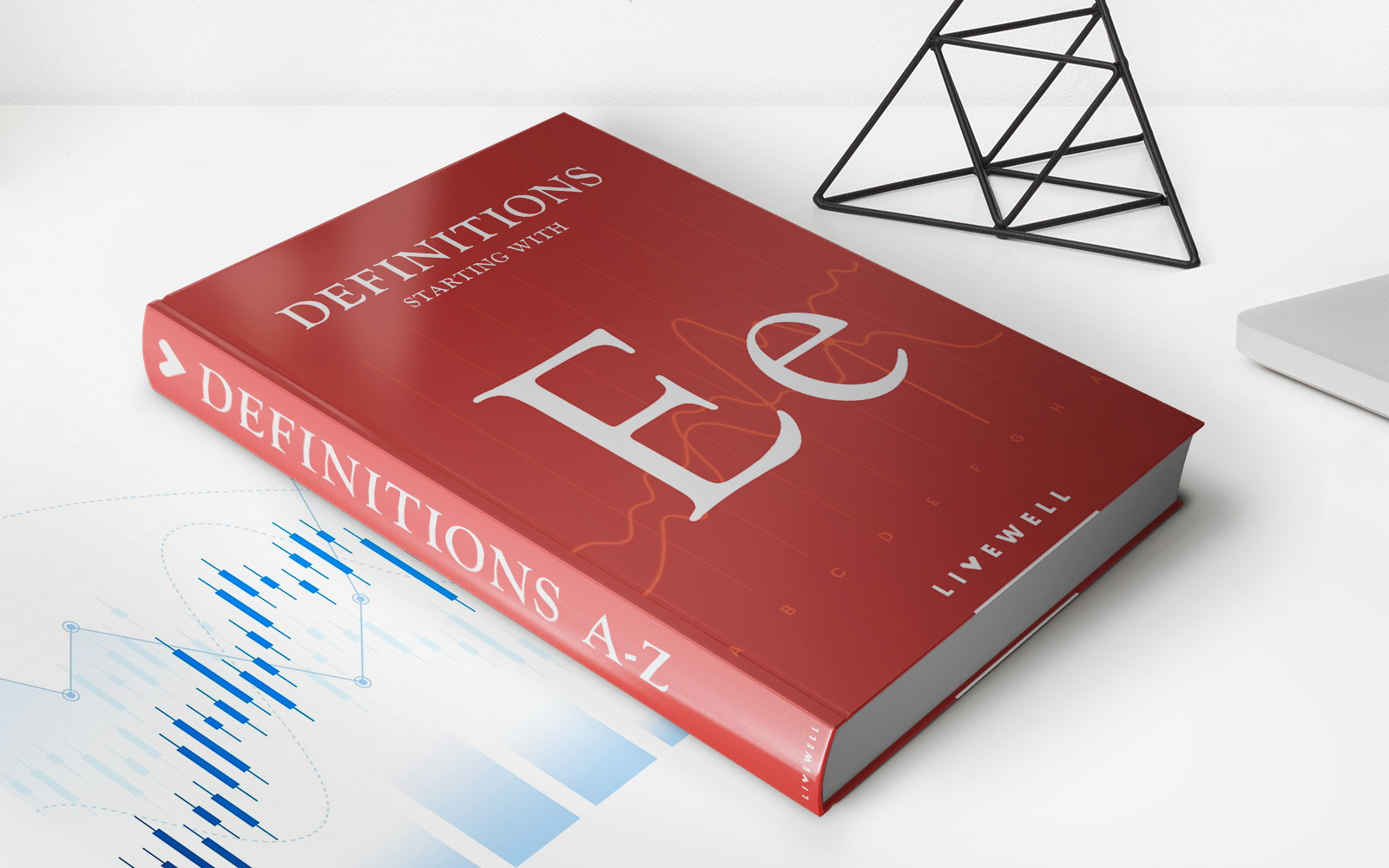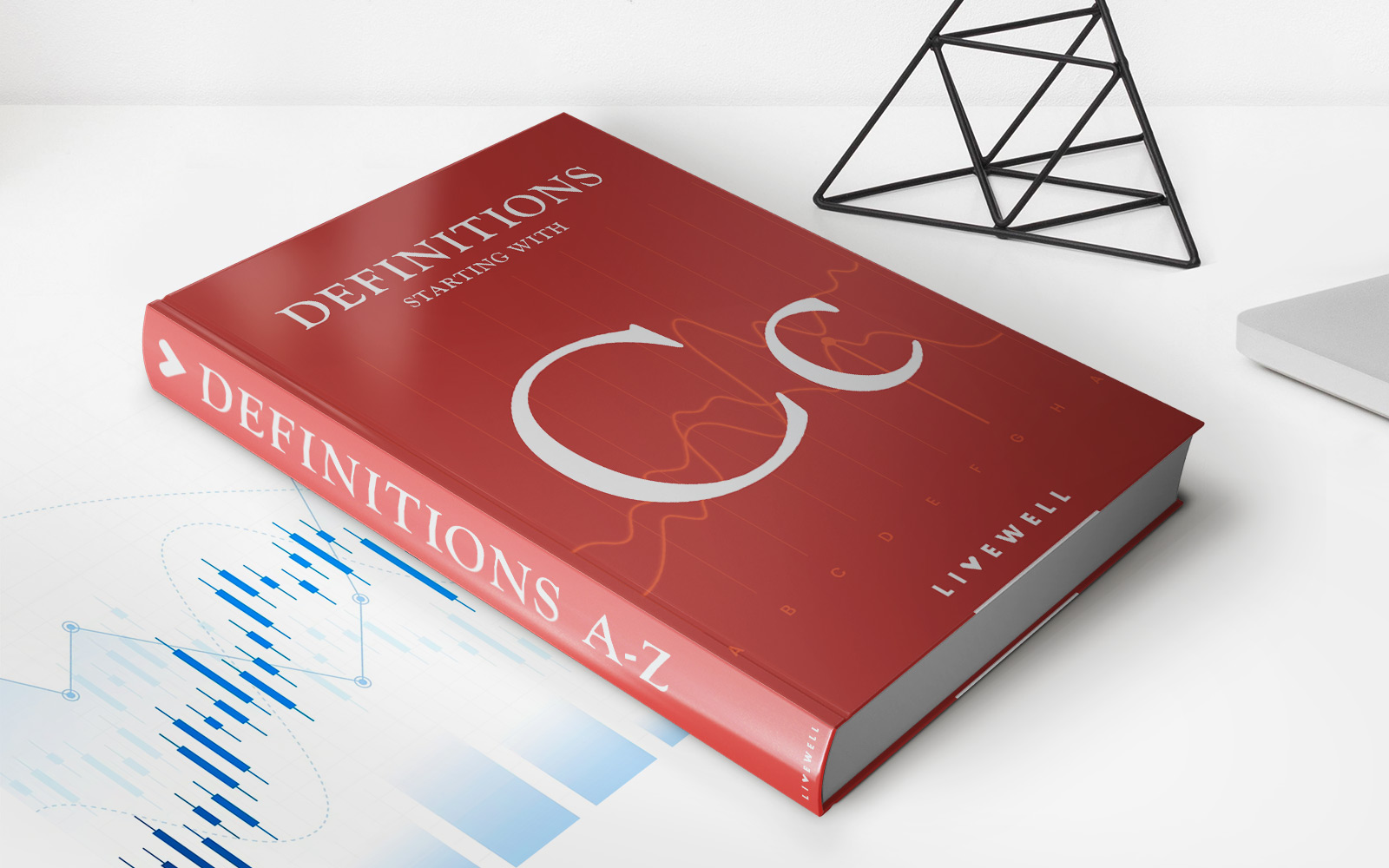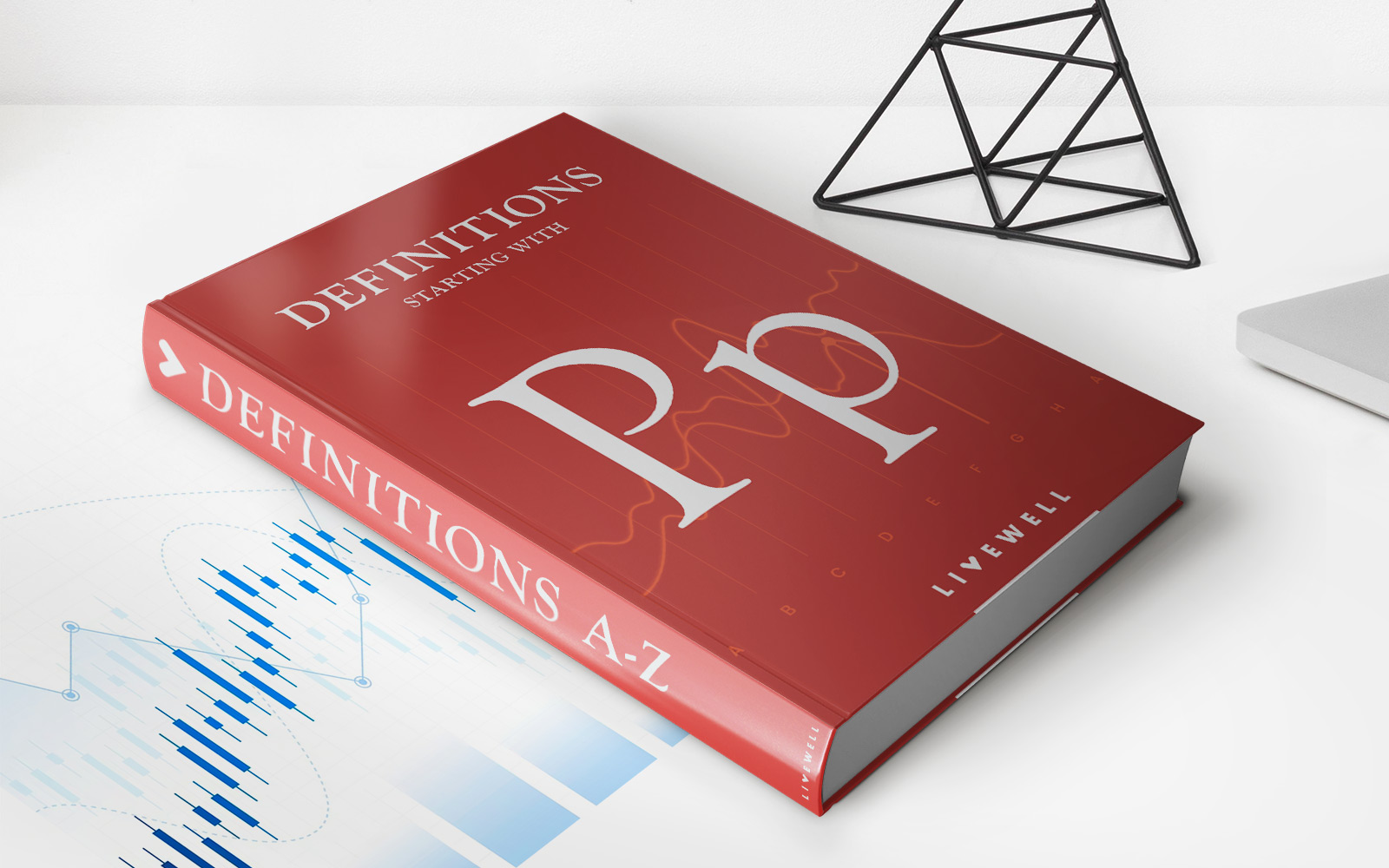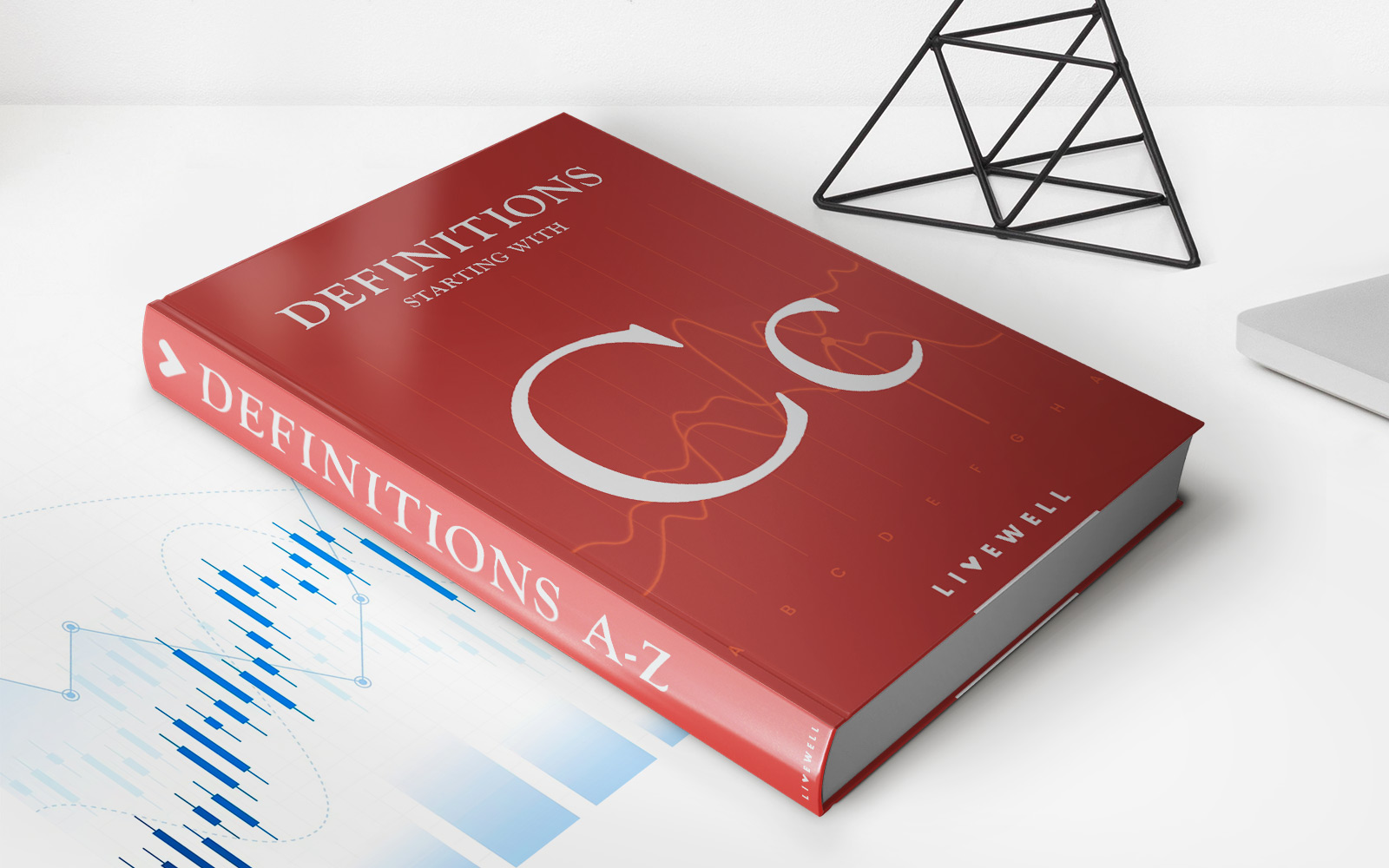Home>Finance>Writ Of Execution: Definition, How It’s Used, And What’s Excluded


Finance
Writ Of Execution: Definition, How It’s Used, And What’s Excluded
Published: February 19, 2024
Learn the definition and usage of a writ of execution in finance. Discover what it includes and excludes, ensuring a clear understanding.
(Many of the links in this article redirect to a specific reviewed product. Your purchase of these products through affiliate links helps to generate commission for LiveWell, at no extra cost. Learn more)
Welcome to the World of Writ of Execution!
Have you ever wondered what happens when a court awards a judgment in your favor, but the debtor refuses to pay? That’s where a powerful legal tool called a Writ of Execution comes into play. In the realm of finance, understanding what a Writ of Execution is, how it’s used, and what’s excluded can be immensely valuable. In this blog post, we’ll dive into the depths of this legal instrument and shed light on its intricacies.
Key Takeaways:
- A Writ of Execution is a legal document that empowers a creditor to satisfy a court-awarded judgment from the debtor’s assets.
- It is typically used when a debtor fails to comply with a court order to pay a debt, forcing the creditor to take more aggressive steps in collecting what is owed.
Defining the Writ of Execution
In simple terms, a Writ of Execution is a legal mechanism that allows a creditor to enforce a court-issued judgment against a debtor’s assets. When a court awards a judgment in your favor, it indicates that the debtor owes you a specific amount of money. However, winning the judgment is only part of the battle. The debtor may still refuse to pay voluntarily, leaving you financially frustrated.
In such situations, a Writ of Execution becomes vital in securing what’s rightfully yours.
How Does It Work?
When armed with a Writ of Execution, you gain the legal right to seize, levy, and sell the debtor’s assets to satisfy the judgment. The court will issue this document once you have exhausted all other means of collecting the debt, such as garnishing wages or bank accounts. It’s important to note that the rules surrounding Writs of Execution may vary by jurisdiction.
Here’s how the process works:
- Obtaining the Writ: Once you have obtained a court judgment, you must file a request for a Writ of Execution with the appropriate court. This request outlines the details of the judgment and asks the court to authorize the enforcement of the judgment.
- Delivery to the Sheriff: After the court grants the Writ, you will need to deliver it to the sheriff’s office for execution. The sheriff is the law enforcement officer responsible for enforcing the judgment and seizing the debtor’s assets.
- Asset Identification and Seizure: The sheriff will evaluate the debtor’s assets to determine which ones are eligible for seizure. Common assets that can be seized include bank accounts, real estate, vehicles, and personal property such as jewelry or electronics.
- Sale of Seized Assets: Once assets are seized, the sheriff will proceed with their sale through a public auction or other methods approved by the court. The proceeds from the sale are then used to satisfy the judgment, with any remaining funds returned to the debtor if applicable.
Exclusions from Writ of Execution
While a Writ of Execution is a powerful tool for enforcing a judgment, certain assets may be excluded from seizure. These exclusions can vary depending on the jurisdiction, but common examples include:
- Primary residences (homestead exemptions): In many states, the debtor’s primary residence is protected from seizure up to a certain value.
- Certain personal property: Essential items like clothing, furniture, and necessary household appliances may be exempt from seizure.
- Public benefits: Government benefits such as Social Security, unemployment, and disability income are typically protected from seizure to provide a safety net for debtors.
It’s important to consult with a legal professional who specializes in finance and debt collection to understand the specific exclusions applicable in your jurisdiction.
In Conclusion
Winning a court judgment should be a victory worth celebrating, but it can quickly turn sour if the debtor refuses to pay. That’s when a Writ of Execution becomes your strategic ally, enabling you to collect what you are rightfully owed. Understanding what a Writ of Execution is, how it works, and what assets may be excluded is crucial when navigating the intricate world of finance and debt collection.
Remember, the path to financial recovery lies within your grasp with the power of a Writ of Execution!

